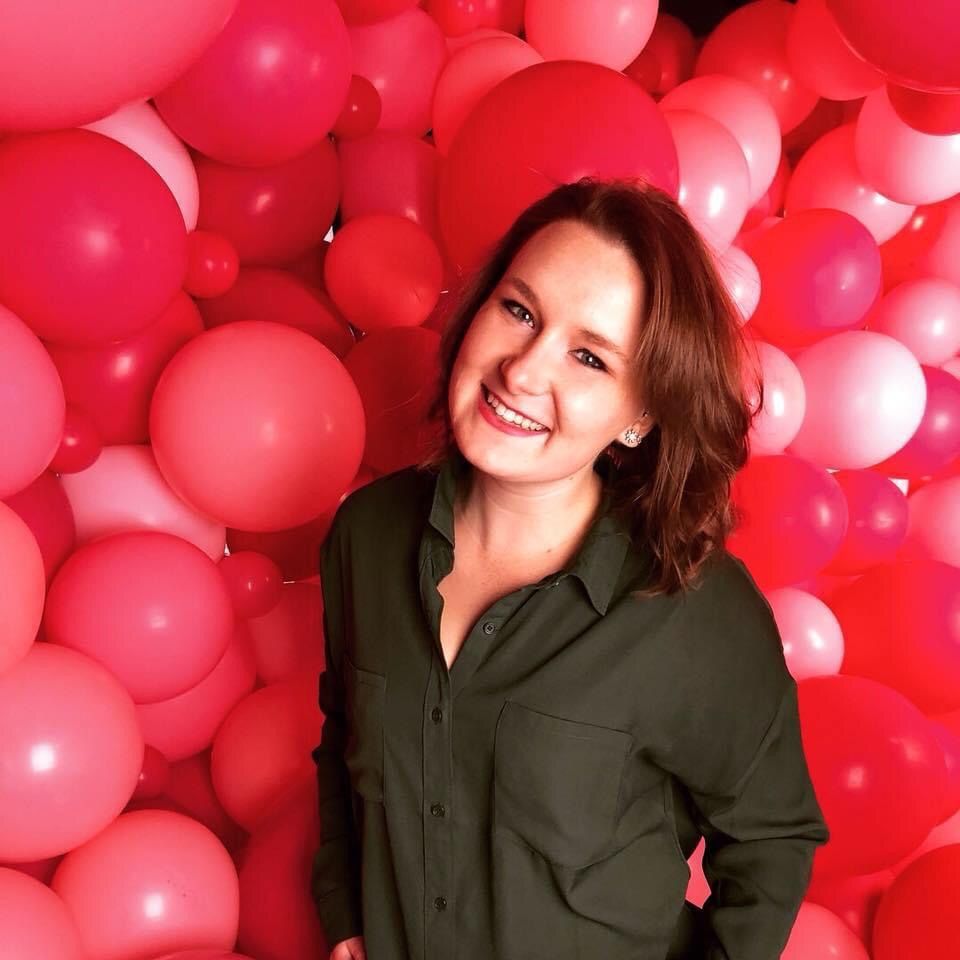Increasing ROM Through Massage
- Victoria Zorich

- Jul 13, 2020
- 3 min read
Updated: Jul 20, 2020

ROM or Range of Motion, is the measurement of the amount of movement around a specific joint or body part. This movement measures strength, balance, gait, and in the Massage world, flexibility. A person's ROM can be affected and changed by a number of things such as injury, surgery, growth, and age. Measuring ROM should be painless, although if measured after injury or surgery some pain can occur. This should be minimal and decrease over time. There are three ways in which Range of Motion can be measure- Passive, Active-Assistive, and Active.

Passive Range of Motion (PROM) occurs when someone else such as a Massage Therapist or Physical Therapist manually manipulates the joint while the muscles are relaxed and not engaged. This type of ROM is typically used during the healing process after injury or surgery and can even be found during Massage sessions.

Active Range of Motion (AROM) is when no assistance is needed to complete a motion other than the individuals own muscle. They have built up the strength to move independently. AROM occurs after fully healing from an injury or surgery or before either occur. This is the normal Range of Motion that is being worked towards.
Active-Assistive Range of Motion (AAROM) is a little bit of both PROM and AROM. It requires assistance from an outside force as well as engaging the muscles. This assistance can be either from another person or in some cases a brace or mechanical device. AAROM is typically used post-surgery, during healing process when the muscles are able to begin engaging. The assistance is to ensure that no further damage or injury come to the already compromised joint, especially while it is trying to heal.
The process of increasing one's Range of Motion is valuable, especially if a joint has been injured and has undergone surgery.
As a wound heals and develops into a scar, it must go through three stages before fully forming. These stages start with inflammation, proliferation, and end with remodeling. The remodeling stage, depending on how invasive the surgery was, can last as short as three weeks OR as long as six months after surgery. During this time, the collagen fibers are taking the time to harden and form into those scars. Collagen fibers are protein fibers that are abundant throughout the body. They provide strength and cushion to many different areas of the body, specifically in areas where connection tissue such as cartilage, tendons, bones, and ligaments, are found.

This extra cushion that is produced in the joints post-surgery also causes the tissue to be tight with little to no mobility. This is where Massage Therapists come into play! It is the job of a LMT to provide more circulation to the area. In turn, this will bring more blood flow, hence warming the area. Extra warmth naturally loosens fascia, muscles, and other connective tissue that otherwise can and is tight. By manipulating the muscle fibers that are now warmed and ready to go, a Massage Therapist can lengthen the fibers by palpating and performing PROM and AAOM allowing for Range of Motion to increase.


.png)









תגובות